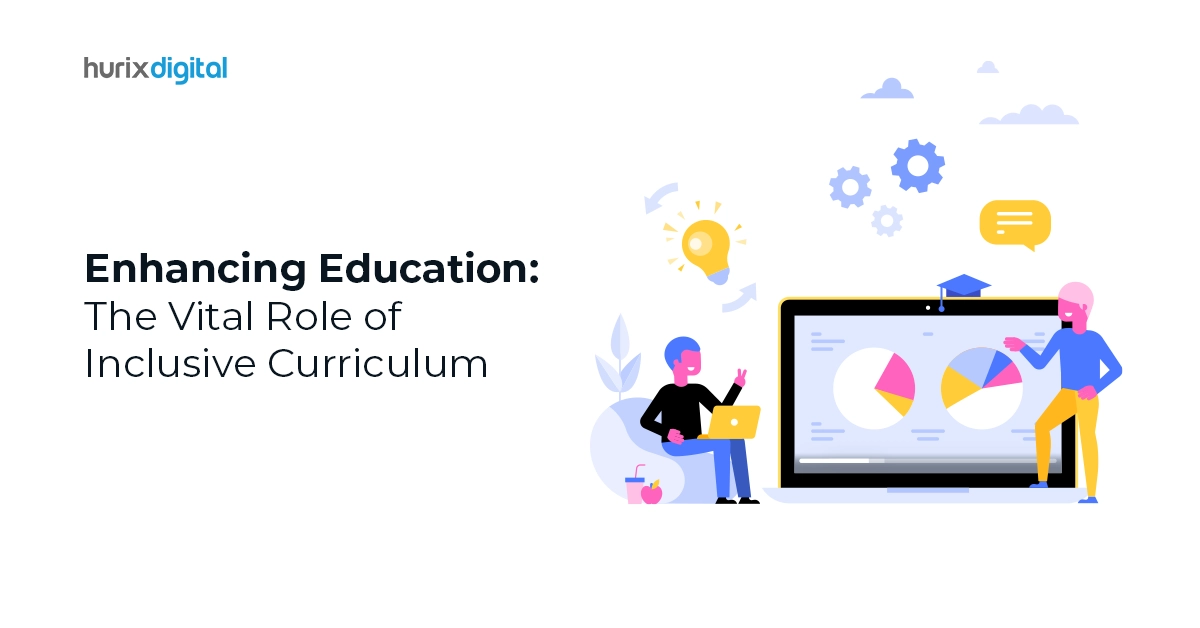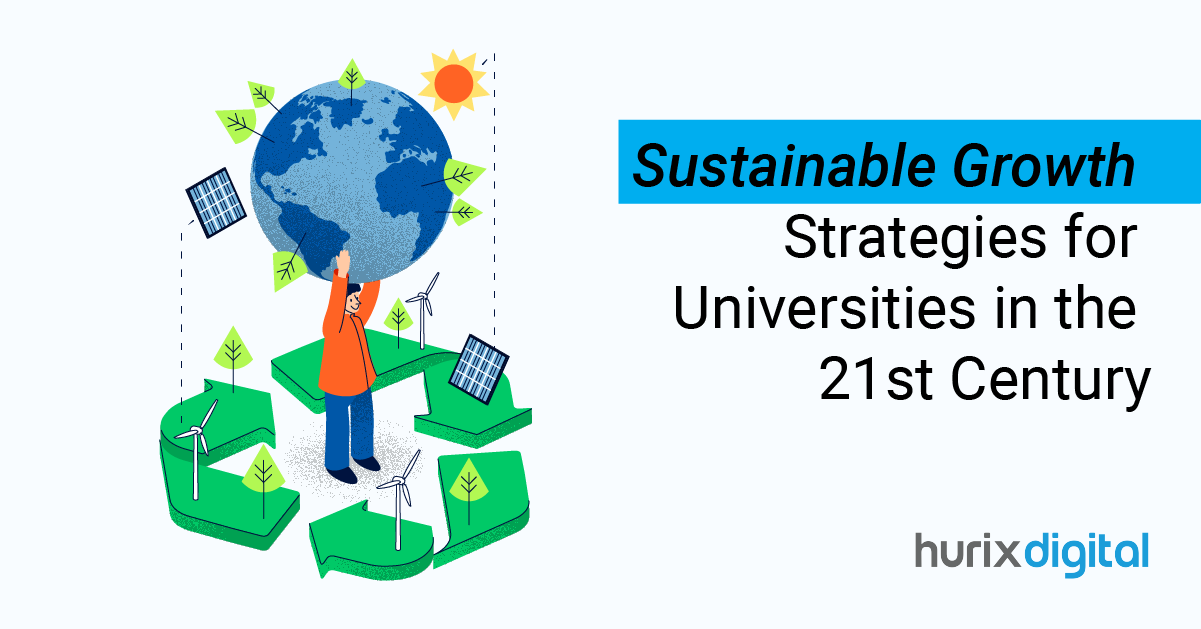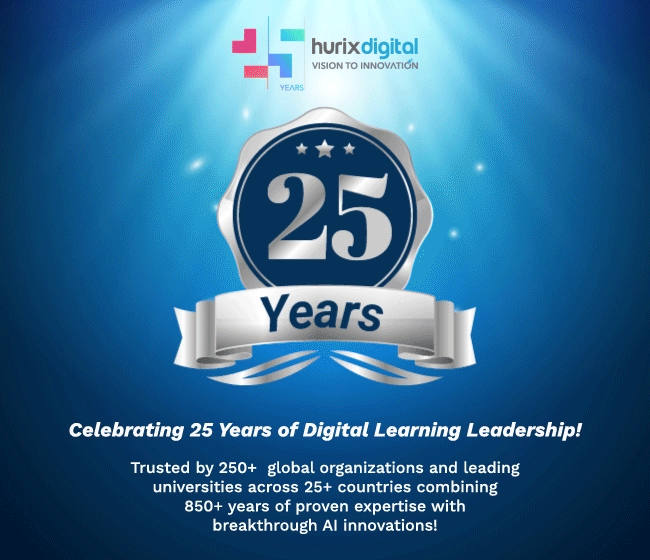
Enhancing Education: The Vital Role of Inclusive Curriculum
Summarize with:
Every child has the right to education. They deserve to learn, grow, develop, go to school, have equal opportunities, and become amazing human beings. However, if children are discriminated against based on factors beyond their control, it’s not possible to build a beautiful society.
To dismantle these barriers and pave the way for a brighter tomorrow, inclusive curriculum development emerges as the key to exploring equal opportunities and nurturing the potential of every child.
If you’re curious about the concept and its profound implications for education and society at large, we’ve got you covered. In this post, we explore the essence of an inclusive curriculum and its transformative impact on learning environments and societal progress. Let’s dive in!
Table of Contents:
- Inclusive Curriculum: What is it?
- Benefits of an Inclusive Curriculum to Check Out in 2024
- 5 Ways to Make Inclusive Curriculum a Reality
- Wrapping Up
Inclusive Curriculum: What is it?
An inclusive curriculum is an education design where all children are provided with quality education despite their mental or physical disabilities, finances, race, gender, language, and other background details. An educational institute with an inclusive curriculum can’t reject children’s applications based on such discriminatory grounds.
In this way, the course structure is designed with differences in mind. It includes diverse content, material, and assessment methods. This ensures that all children receive equitable and supportive learning experiences so they can achieve their goals.
The curriculum implements various perspectives within separate papers and throughout the entire course. It also offers students the necessary opportunities to connect with a range of perspectives and prepares them for a diverse world.
For students with disabilities, whether they have mental health issues or physical conditions, an inclusive curriculum offers courses where they can be tested along with everyone else.
On the other hand, for students who belong to minority races or groups, the curriculum must include diverse perspectives and representation.
Also Read: Data-Driven Ed Tech Strategies for Boosting K12 Student Engagement
Benefits of an Inclusive Curriculum to Check Out in 2024
Inclusive curriculum development goes beyond traditional education models, aiming to create an environment where every child feels valued and empowered.
Here are some key benefits of embracing an inclusive curriculum in 2024:
1. Fostering a Sense of Belongingness
An inclusive model accommodates the needs and abilities of learners with differences. It eliminates all sorts of man-made barriers in the learning journey.
The curriculum represents different cultures, backgrounds, and experiences. This helps children feel recognized.
A child from a different background may feel left behind, ostracized, or demotivated without inclusivity in a curriculum.
This curriculum is a great way to validate students’ different identities and prevent them from feeling out of place in educational institutions.
It builds a safe space for students to comfortably express and share their perspectives. Hence, everyone feels that they belong together.
2. Broadening Understanding
Before students leave the shelter of their homes and enter the real world, they must be equipped and informed well about the diverse world.
An inclusive curriculum exposes them to diversity early in life, including cultures, identities, perspectives, abilities, etc.
This builds their open-mindedness. They understand that there are differences throughout the world and will have the maturity to adjust accordingly in different environments.
3. Promoting Compassion and Empathy
In an inclusive curriculum, children recognize differences and the struggles of those from different races, cultures, abilities, and finances. It helps them grow into empathetic and compassionate people.
With the guidance of educators, they learn to respect differences and appreciate diverse people.
Compassion, empathy, and respect are signs of high emotional quotient. These traits help them achieve greater success in the future as well.
4. Enhancing Relatability
An inclusive curriculum also includes themes relevant to particular localities and contributions of the minority or marginalized.
It doesn’t label different narratives as “good” or “bad.” Instead, it allows the curriculum to be adjusted to fit the needs of children with different learning styles.
For instance, a bill was passed in Illinois to teach students about the LGBTQ community’s contributions to American society. This is an initiative to show that no particular sector of society is “bad” or “wrong” and that there are great people in all sections.
So, moving forward in life, if any student feels that they are a part of the LGBTQ community (or they already feel so), they will be able to relate. They won’t feel like they are wrong to feel that way about their identities.
This isn’t only limited to gender identities. Students from all backgrounds will relate better when something about them is taught in school.
5. Ensuring Equal Opportunities
An inclusive curriculum establishes equality among students. They show that being different or having a “not-so-common” background (disabilities, language, different race or nationality, poor finances) doesn’t bar you from equal learning opportunities.
It ensures that every student gets equal and optimal support in studies and opportunities. The curriculum model establishes the path to a better society where everyone lives together without any discrimination.
6. Cultivating Positive Attitudes
Without an inclusive curriculum, children won’t be able to recognize the beauty of differences. Under bad influence, they might even forget to perceive people with differences as equals and look down on them.
After all, in this day and age, discrimination is not uncommon worldwide. Racism, ageism, ableism, sexism, sizeism, homophobia, and transphobia are only a few of those!
An inclusive curriculum will sow the seeds of harmony and acceptance among students from a young age. So, as they grow, they won’t be influenced by people with divisive beliefs.
They will easily integrate into a diverse society, which will help them grab better opportunities in foreign lands in the future. Thus, an inclusive curriculum is the ultimate way to build a functional and thriving society.
7. Building Problem-Solving Skills
In an inclusive curriculum, students are exposed to different learning styles. This builds their creativity and problem-solving skills and helps them think outside the box. This helps them out in their personal and professional lives later on!
5 Ways to Make Inclusive Curriculum a Reality
While an inclusive curriculum holds immense promise, its adoption may face resistance.
Here’s how we can surmount these challenges:
1. Equipping Educators
Educators must receive enough training and resources to teach, guide, and support students’ diverse learning abilities and needs. They must be given the flexibility to mold courses according to diverse needs.
2. Allocating Resources
Kindergartens and schools must be given enough financial support to invest in activities and services necessary to build and adhere to an inclusive curriculum.
3. Empowering Parents
Parents play a vital role in advocating for their children’s educational rights in inclusive settings. Emphasizing the importance of inclusion can strengthen their support for inclusive initiatives.
4. Fostering Community Collaboration
The entire community must work together to make this a reality. This includes general and special needs educators, social welfare workers, parents, and students. They must be involved in the designing, delivering, and monitoring of education and share all responsibilities.
5. Holding Government Accountable
Governments must enact and enforce laws and policies that promote inclusion in educational institutions. Mandating anti-discriminatory measures and providing legislative support are critical steps toward dismantling barriers to inclusive education.
Also Read: 7 Best Education Tech (EdTech) Companies for K12 Institutes in 2024
Wrapping Up
In this age, an inclusive curriculum isn’t an option anymore. It is a necessity to build empathy, acceptance, compassion, and understanding in your children while blessing them with a brighter future in this diverse world.
An inclusive curriculum is the cornerstone of a thriving learning environment. At Hurix Digital, we understand the challenges educators face in creating engaging and inclusive experiences. That’s why we offer a range of services to empower educators.
Ready to create a classroom where every student feels valued and empowered? Contact us today for a free consultation!
Summarize with:

Senior Vice President
A Business Development professional with >20 years of experience with strong capability to sell new solutions and develop new markets from scratch. New Market Entry Specialist with experience working in the largest emerging markets. Exceptional experience in conceptualizing, ideating and selling new learning technologies like VR AR, etc. across multiple industry verticals.
 We’re live! Explore the all-new
We’re live! Explore the all-new 





